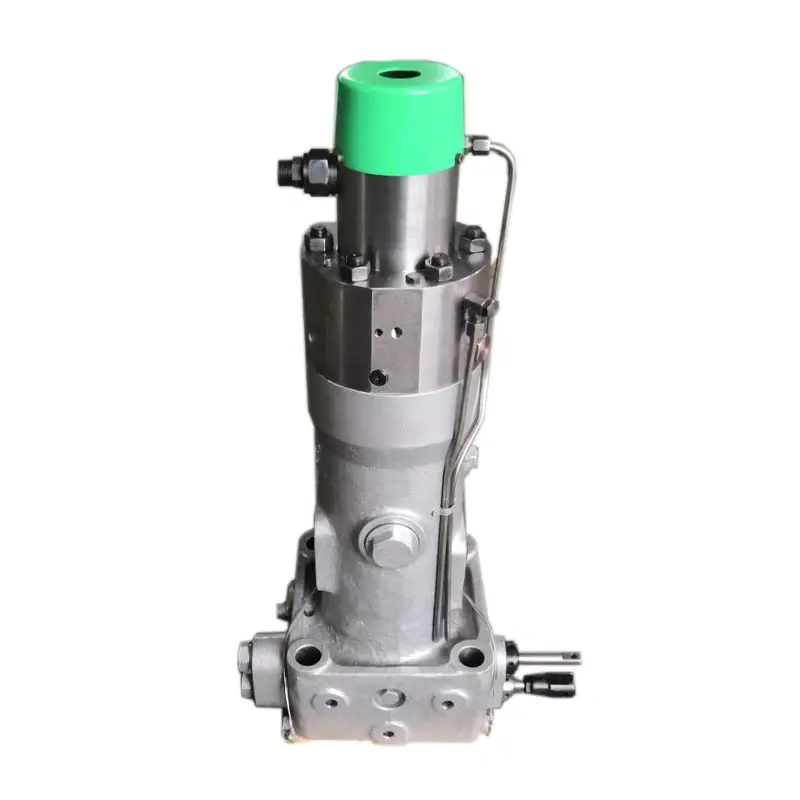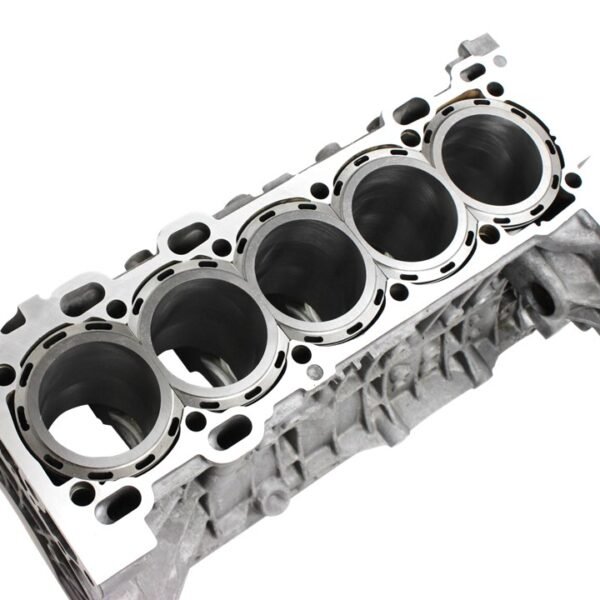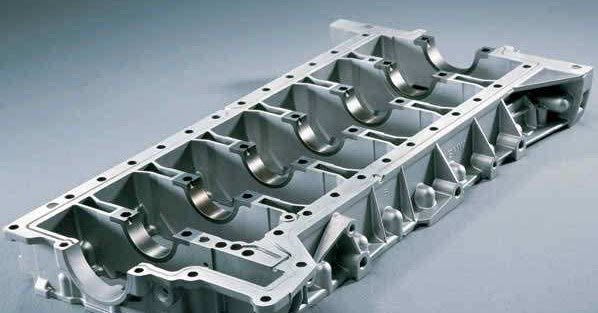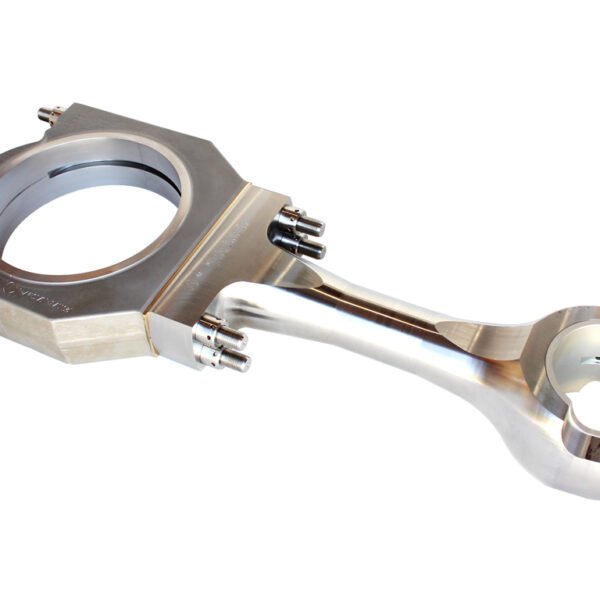A marine engine fuel pump is a critical component of a vessel’s propulsion system, responsible for drawing fuel from the tank and delivering it to the engine’s combustion chambers at the precise time and pressure required for combustion.1 The specific type and design of the fuel pump vary significantly depending on the engine size, type, and age.
Function
The core function of a marine fuel pump is to ensure a continuous and metered supply of fuel to the engine.2 This involves:
- Fuel Transfer: Moving fuel from the main storage tank to the engine’s fuel injection system.3
- Pressurization: Compressing the fuel to a very high pressure, which is necessary for it to atomize (turn into a fine mist) when it is injected into the cylinders.4
- Timing and Metering: Controlling the exact moment and quantity of fuel that is injected into each cylinder.5 This is crucial for efficient combustion, optimal power output, and meeting emissions standards.6
Types of Fuel Pumps
Marine engines, especially diesel, use several types of fuel pumps, which can be broadly categorized as follows:
- Mechanical Fuel Pumps: These were the standard for many years and are still found on older engines.7 They are typically driven by the engine’s camshaft.8 The two main types are:
- Bosch Jerk Pumps: A plunger-type pump with a precisely machined helix that controls the amount of fuel injected.9 These pumps are robust and reliable but offer less precise control over timing and quantity compared to modern electronic systems.
- Unit Injectors: In this system, each cylinder has its own individual fuel pump and injector combined into a single unit.10 These are also cam-driven and are common in older two-stroke diesel engines.
- Bosch Jerk Pumps: A plunger-type pump with a precisely machined helix that controls the amount of fuel injected.9 These pumps are robust and reliable but offer less precise control over timing and quantity compared to modern electronic systems.
- Electronic Fuel Pumps (High-Pressure Common Rail – HPCR): Modern marine diesel engines increasingly use electronically controlled fuel systems for improved performance, fuel efficiency, and reduced emissions.11 In these systems, a high-pressure pump pressurizes fuel into a common rail (a high-pressure reservoir).12 From the common rail, electronic injectors, controlled by an Engine Control Module (ECM), inject fuel into the cylinders with extreme precision.13 This system allows for better control of injection timing and pressure, leading to cleaner combustion.
- Transfer Pumps: Most large marine engines also have a low-pressure fuel transfer pump. This pump’s job is to move fuel from the ship’s main storage tanks to a day tank or directly to the high-pressure fuel injection pump, ensuring a constant supply of fuel to the engine’s primary system.
Common Issues and Maintenance
Fuel pump failures can lead to a complete loss of power and are a common cause of engine problems at sea.14 Regular maintenance is key to preventing these issues.15
Common Symptoms of a Failing Fuel Pump:
- Engine Cranks but Won’t Start: This is a classic sign that the pump is not delivering fuel to the engine.
- Loss of Power Under Load: The engine may run fine at idle but sputter or lose power when you increase the throttle, indicating the pump can’t keep up with the fuel demand.16
- Engine Sputtering or Stalling: Intermittent fuel supply can cause the engine to run erratically or stall unexpectedly.17
- Unusual Noise: A failing electric fuel pump may produce a loud whining or humming sound as its motor strains.18
Maintenance and Troubleshooting:
- Fuel Filters: Clogged fuel filters are the most common cause of fuel delivery problems. Filters should be inspected and replaced according to the manufacturer’s schedule. A clogged filter forces the pump to work harder, leading to premature failure.
- Fuel Contamination: Water, sediment, and other contaminants in the fuel can damage a pump’s internal components.19 Using a high-quality fuel-water separator and regularly draining it is essential.20
- Electrical System (for electric pumps): Check the fuses, relays, and wiring for corrosion or loose connections.21 A faulty electrical supply can prevent the pump from operating.
- Visual Inspection: Regularly check for any signs of fuel leaks around the pump and its connections.22
A marine engine’s fuel pump is a precision-engineered device, and its proper functioning is non-negotiable for safe and reliable operation.
We offer an extensive range of marine engine brands and their associated spare parts, providing comprehensive solutions for both main propulsion and auxiliary power needs across diverse vessel types. Our supply capability covers various generations and models, ensuring support for a wide array of marine applications.
Featured Brands and Engine Series/Models:
SULZER:
- Two-Stroke Engines:
- RD/RND Series: RD68, RND76, RND76M, RND90, RND90M (Classic large-bore, low-speed engines, still in operation).
- RLA/RLB Series: RLA(B)56, RLA(B)66, RLA(B)76, RLB90 (Developed two-stroke designs).
- RTA/RT-Flex Series: RTA38, RTA48(T), RTA52, RTA58, RTA62, RTA72, RTA76, RTA84, RTA84M, RTA84C, RTA96 (Modern, fuel-efficient, electronically controlled two-stroke engines).
- Four-Stroke Engines:
- Z Series: ZL40/48, 16ZAV40S (Medium-speed engines).
- RF Series: RF44, RF56 (Often used for auxiliary power or generator sets).
- TAD Series: TAD36, TAD48 (For specific applications).
MAN (including pre and post-MAN B&W models):
- Two-Stroke Engines (KZ, KSZ, K, L, S, MC/MC-C, ME/ME-C): 40/54A, 52/90N, 57/80C, KZ57/80F, KSZ70/125, KSZ78/155, 90/160A, 52/55L, 58/64, 90/190C, L60/105E, 70/120E, 70/125C, L, KSZ78/155A, KSZ70/125B, L52/55A, 40/45 (A broad spectrum covering main propulsion and auxiliary engines).
B&W (Burmeister & Wain – prior to MAN B&W merger):
- MC/MCE Series: L35MC, L60MC, L80MC, L55GFCA, L80GFCA, L80GB, 74VT2BF, K62EF, K74EF, K84EF, K45GFC, K67GFK, K80GFK, K90GFS, 45HU, L70MC (Various generations of two-stroke diesel engines).
- MC-C/ME-C Series: L50MC, S60MC, S70MC, K80MC, S80MC, K90MC-C, L67GFCA, L90GB (Electronically controlled and conventional two-stroke engines).
- VT2BF/EF Series: 50VT2BF, 62VT2BF, K84EF (Older models still in service).
MITSUBISHI:
- UEC/UET Series: UEC37L/LA/LS, UEC45HA, UEC60L/LA/LS, UEC45L/LA/LS, UET45/75C, UEC52/125H, UEC52L/LA/LS, UET45/80D, UEC52/90D, UEC(T)52/105D, UEC45/115H, UEC37/88H, UEC37H (Mitsubishi’s proprietary two-stroke and some four-stroke engine series).
PIELSTICK:
- PA Series: PA6, PC3, PC2-2, IHI PC2-5, PC4, PC2-6, PC4-2L, PC4-570, PA5 (High-speed, compact four-stroke engines, commonly used for generator sets or auxiliary propulsion).
AKASAKA:
- UET/UEC/DM/AH Series: UET45/80D, UEC52/105D, DM51SS, UEC 60/150H, UEC 60H, A31, A34, A37, A41, AH27, AH28, AH30, AH36, AH38, AH40, DM30, DM36, DM38, DM46, DM47 (A prevalent engine brand, particularly in Japanese-built vessels).
DEUTZ:
- RBV/TBD/BVM Series: RBV8M358, RBV8M540, RBV16M640, TBD620L6, BVM350, BVM540, BF6M716 (Various four-stroke medium- and high-speed diesel engines for auxiliary and smaller main propulsion applications).
HANSHIN:
- EL/LH/LU/LUN/LUD/LUS Series: EL30, EL32, EL35, EL40, EL44, LH28RG, LH31G, LU28(A,R,G), LU32, LU35, LU38, LU46(A), LU50, LU54, LUN28, LUN30, LUD32, LUD35, LUS38 (Another significant engine brand commonly found in Japanese vessels).
NIIGATA:
- MG/M Series: MG40X(EX), M34X, 6M28BF, TM31X (Medium-speed diesel engines, typically used in small and medium-sized vessels).
MAK:
- M/MU/AK/AKM Series: M332, M453AK, MU551AK, MU552AK, M601, MU452AK, 451AK, 6M453AK, 9M453C, 6M601C, 8M601 (Medium-speed four-stroke engines, widely used in various marine applications).
WARTSILA:
- 20/22/26/32/38/46/GD/TKR Series: 22, 32, 31, 26, 20S, 28, 38, 46, 32GD, 46GD, 14, TKR22, HFR-V32, NOHAB (Wärtsilä’s broad portfolio of medium- and high-speed diesel engines for main propulsion, auxiliary, and generator sets).
DAIHATSU:
- PS/PKT/DS/DL/DK/PL Series: PS-18, PS-22, PS-20, PS-26, PS-30, PKT-14, PKT-16, PKTD-16, DS-18, DS-22, DS-26, DS-28, DS-32, DL-14, DL-16, DL-19, DL-20, DL-22, DL-24, DL-26, DK-20, PL-24 (Compact and reliable engines primarily used for auxiliary power and generator sets).
CUMMINS:
- BT/CT/NT/KTA/QSK/QSM Series: 4BT3.9, 6BT(A)5.9, 6CT8.3, NT(A)855, N14, KTA19, KTA38, KTA50, QSK19, QSM11 (Robust and durable engines for marine auxiliary power, generator sets, and some smaller main propulsion applications).
CATERPILLAR:
- 3000/3100/3300/3400/3500/3600 Series & C Series: 3054, 3056, 3066, 3106, 3126, 3306, 3406, 3408, 3412, 3508, 3512, 3516, 3606, 3608, 3612, 3616, 3618, C1.5, C2.2, C7, C9, C10, C12, C15, C16, C18, C30, C32 (Reliable and widely used engines across a vast range of main propulsion, auxiliary, and generator set applications).
SCANIA:
- DI Series: DI 09, DI 13, DI 16 (High-performance diesel engines designed for marine applications, typically used as auxiliary and smaller main propulsion engines).




